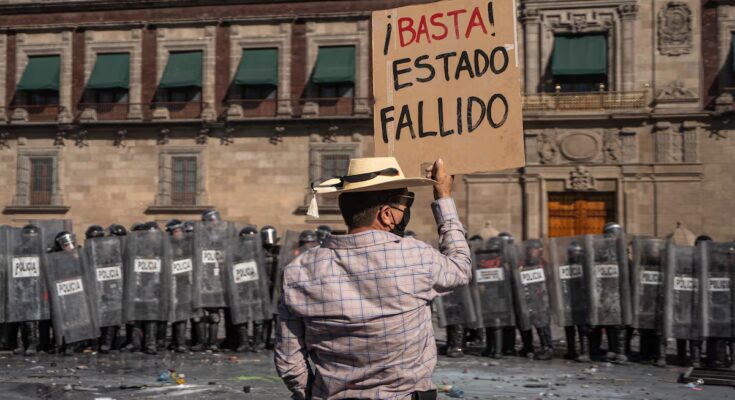If we consider the relationship between the State and criminal organizations in contemporary Mexico, it seems possible to identify three phases. The first was characterized by the submission of these groups to the authorities. It was a period that coincided closely with the years of classical PRIism and its well-known periods of economic growth, demographic transformation, limitation of freedoms and democratic control. In those years the various and fragmented illicit organizations operated for or with the authorization of various federal and local security bodies. The judicial police, the Federal Directorate of Security, municipal and state bodies or the Rural Defenses kept criminals under their control and surveillance, assigned them areas of action and imposed quotas for the activity carried out or percentages on the amount obtained.
The second phase began with the emergence of drug cartels in the late 1970s and early 1980s. It was the period in which cities such as Guadalajara, Sinaloa, Tijuana or Ciudad Juárez were identified by criminal groups that gained relevance due to the scope and extent of their operations. From the model of subjugation of crimes we have moved on to the associative one. Only in this way can we explain the size and complexity of the network necessary to create and maintain operations with Latin American organizations, in the national territory and destined for the United States. Trafficking of substances, weapons, ammunition, people and money; With the previous subordination scheme it was not possible to obtain protection for the military, police, prosecutors, judges, as well as immigration and customs officials, as well as laundering assets and investing resources in financial and real estate institutions. It is impossible to assume that everyone involved – criminals, officials and individuals – acted simply by submitting to government authorization. In reality, an association has been formed between criminal organizations and the authorities to enable drug trafficking, despite the maintenance of the old system of restrictions on other illegal activities.
The third stage – in which we find ourselves – began in the years of transition and was consolidated in López Obrador’s six-year term. Compared to previous ones, criminal organizations no longer act as partners, but as heads of the authorities. Across multiple territories, corporations, and businesses, these groups have succeeded in dominating federal and local officials in the military, public safety, immigration, customs, and tax sectors, among many others. The novelty of this phase is the expansion of the positions involved in subordination. Unlike other times, party officials, deputies, senators, governors and municipal presidents were subjected to the crime. Beyond the ostentatious nature of their positions, a growing number of them are employed by criminal organizations out of convenience, loyalty, origin, gratitude or fear.
The question that is important to raise here is whether the current period can lead to a different period, characterized no longer by the domination exercised over officials and their functions, but by the seizure of power over the Government itself. To make myself understood, I start from the fact that it is one thing to exercise dominion over a group of public employees and their functions and another thing to have control of the Government itself by those who, even today, have the character of criminals.
For some time, and rightly, concern for the future of national political life has been based on the exploitation of those who, not being democratic, have exploited their institutions to obtain and remain in power. It seems to me that we have to add another to this real concern, either because it is different, or because it is the same thing. I am referring to the fact that it is possible that criminal structures do not just fight to gain political control and profits against the state or against rival organizations, but to gain state control that allows them to exercise their hegemony from and through the democratically legitimized public domain.



